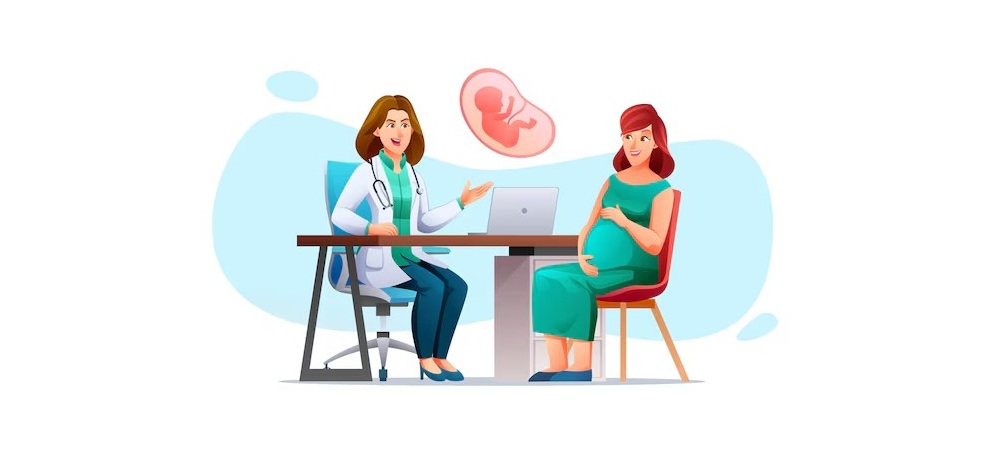For many individuals, personal loans are a reliable financial resource to meet unexpected expenses, fund personal aspirations, or consolidate debt. However, lenders consider specific eligibility criteria before offering loans, and age is one of the most significant factors. Understanding the age limit for personal loans and associated eligibility requirements can help prospective borrowers identify their options and secure financing confidently. This article explains the concept of the age limit for personal loans, eligibility criteria across age groups, and factors that determine approval.
What is a Personal Loan?
Personal loans are unsecured loans provided by banks, credit unions, or financial institutions for individual purposes. These loans do not require collateral, and borrowers can utilize the funds as per their needs—be it for education, travel, medical expenses, or weddings. However, lenders assess several criteria, including income, credit score, employment, and age, to determine loan eligibility.
Understanding the Age Limit for Personal Loans
The age limit for personal loan refers to the minimum and maximum age at which individuals can apply for a loan. Lenders set specific age brackets to ensure borrowers are financially stable, capable of repayment, and fit for managing financial liabilities. Typically, the minimum age for personal loan eligibility is 18 or 21 (depending on the lender) while the maximum age is 60 or 65 years, though this may vary by institution.
Knowing these limits is crucial as it provides applicants clarity about their eligibility and prevents rejection due to age-related restrictions.
Why Do Lenders Impose an Age Limit for Personal Loans?
Financial institutions assess age as a critical parameter because it correlates with a person’s earning capability and ability to repay. Here’s why lenders impose age limits:
- Minimum Age Criteria: Individuals under a certain age are often deemed financially immature, with limited income sources. Without a stable income stream or credit history, qualifying for a loan becomes challenging.
- Maximum Age Criteria: Older individuals nearing or in retirement may not have consistent income to repay the loan, which can be risky for lenders. Moreover, higher age brackets increase the concern about tenure completion, which affects loan approval.
Eligibility Criteria for Different Age Groups
Eligibility requirements vary based on age group, income stability, and creditworthiness. Let’s explore the eligibility criteria for borrowing at different stages of life.
Personal Loans for Young Borrowers: Age Group 18–24
Eligibility Requirements
- Minimum Age: Typically 18 to 21 years
- Employment/Income: Young borrowers need to demonstrate consistent income—whether through employment, part-time work, or freelancing. Some lenders also consider parental co-signors or guarantors.
- Credit Score: Limited financial history means many younger borrowers have low or no credit scores, making lenders hesitant to approve loans. It may be possible to qualify with additional documentation.
Challenges Faced
- Limited or no credit score
- Lack of employment proof or regular income
- Smaller loan approvals
Tips for Borrowers
- Build a good credit score through credit cards or smaller loans.
- Consider borrowing amounts you can repay with part-time jobs or freelancing.
Personal Loans for Early Career Professionals: Age Group 25–35

Eligibility Requirements
- Employment: Proof of stable employment and regular monthly income shows repayment ability.
- Age: Professionals in this group are considered financially stable due to consistent jobs.
- Repayment History: If borrowers maintain a clean repayment record, they are more likely to qualify for larger loans.
Advantages for Borrowers
- Higher loan amounts
- Longer repayment tenure options
- Competitive interest rates due to career stability
Professionals in this age group often have a balance between obligations and disposable income, which works in their favor during eligibility checks.
Personal Loans for Middle-aged Borrowers: Age Group 35–50
Eligibility Requirements
- Age: Individuals in this age bracket typically possess greater financial maturity.
- Income Stability: Lenders prefer borrowers with established careers or businesses—proving their ability to handle larger repayments
- Debt-to-Income Ratio: Maintaining a reasonable debt-to-income ratio is essential to qualify for personal loans. Lenders analyze existing loans to ensure financial stability.
Benefits for Borrowers
Middle-aged individuals often achieve higher loan amounts and flexible terms due to stable credit scores and financial discipline. However, they must ensure they’re not overburdened with liabilities.
Personal Loans for Senior Borrowers: Age Group 50–65
Eligibility Requirements
- Age Limit: Borrowers nearing retirement may face tighter restrictions since lenders evaluate whether their remaining work tenure aligns with repayment schedules.
- Pension or Other Income Sources: Individuals must have proof of regular income post-retirement, such as pensions or investments, to qualify.
- Credit History: Strong credit scores can still influence loan approvals even at higher ages.
Challenges Faced
Senior borrowers often face reduction in maximum approved amounts or shorter repayment terms due to risk concerns on the lender’s part. Some institutions may outright disapprove personal loan applications in this group.
Factors Affecting Approval Across Age Groups
While age plays a critical role in personal loan eligibility, other criteria also influence approval. Key factors include:
- Income Stability: Lenders require consistent income proof across all age groups. Salaried individuals, self-employed people, and retirees with pensions are more likely to qualify than those with irregular earnings.
- Credit Score: A healthy credit score of 700 or above is considered favorable. Whether 18 or 65 years old, borrowers benefit from a good repayment history and timely credit card payments.
- Employment Type: Full-time employees or entrepreneurs with steady cash flow have better approval chances as compared to freelancers or gig workers.
- Debt-to-Income Ratio: Lower ratios reflect less financial burden, making borrowers appear reliable for loan repayment.
- Loan Tenure: Younger borrowers can opt for longer repayment tenures, whereas older individuals receive restricted timeframes.
Pre-requisites for Applying for a Personal Loan
To give yourself the best chance of approval, ensure you meet these pre-requisites:
- Valid ID proof and age documentation
- Income proof (salary slips, tax returns, bank statements)
- A credit score above the lender’s threshold
- Documented proof of employment or retirement income
- Whether you’re 18 or 60, these documents are critical for approval.

How Different Age Groups Can Maximize Their Chances of Loan Approval
Here are a few customized tips for borrowers across age brackets:
- 18-24: Build financial credibility with small loans, timely repayments, and credit card usage.
- 25-35: Focus on career stability and reduce pre-existing debt before applying for larger loans.
- 35-50: Diversify income sources and maintain a steady repayment history.
- 50-65: Provide detailed pension or investment documentation to assure lenders of repayment feasibility.
By preparing well, applicants can reduce the possibility of rejection and secure favorable loan terms.
Conclusion
Age is a vital factor in determining personal loan eligibility. While most lenders require borrowers to be at least 18 (or 21) years old to apply, the maximum age limit varies from 60 to 65 years based on the lender’s policies. With varying eligibility criteria across different age brackets, younger applicants should focus on building their credit score, while senior borrowers need to emphasize their proof of alternate income sources. Regardless of age group, factors such as credit score, employment stability, and debt-to-income ratio ensure successful loan approvals.
Remember, personal loans are a valuable financial tool when used with conscious planning and timely repayments. Prospective borrowers are encouraged to evaluate their eligibility, study lender requirements, and carefully choose repayment tenures before applying. With the right preparation and understanding of the age limit for personal loans, any age group can meet their financial needs effectively!



